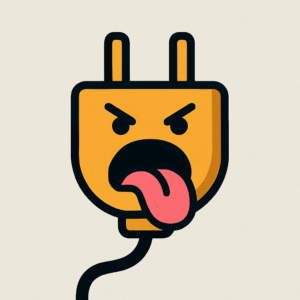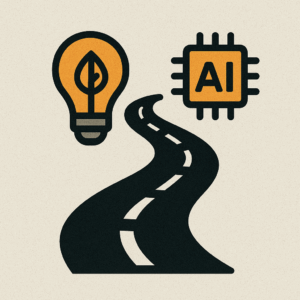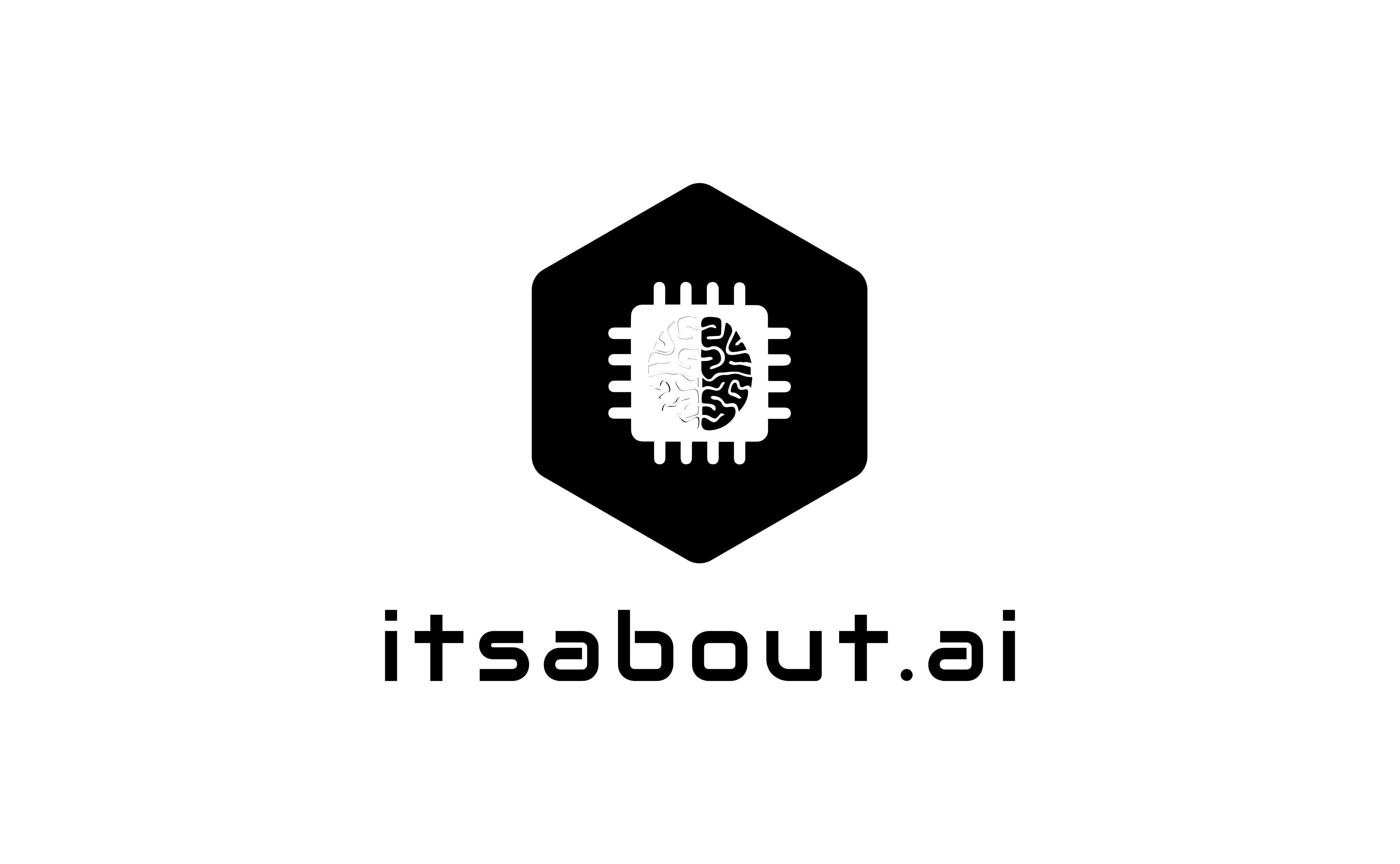Are We Heading into Another Energy Crisis — This Time for AI?

In recent years, the crypto “energy crisis” sparked global alarm. Bitcoin mining alone consumed roughly 0.4% of global electricity, and crypto‑mining + data centers already made up about 2% of world demand in 2022 [1]. But now, AI workloads—particularly generative and large‑language‑model (LLM) operations—are poised to make an even bigger dent in our energy systems [2].
AI’s Growing Appetite for Power

- Data centers currently account for 1–2% of global electricity use, rising to ~3% when cryptocurrencies are included [3].
- The International Energy Agency (IEA) projects that global data‑center electricity demand will more than double by 2030, reaching around 945 TWh—equivalent to Japan’s annual power usage at present—driven mainly by AI workloads [4].
- By 2030, electricity consumed for data processing in the U.S. could surpass manufacturing sectors like steel and cement .
- AI data centers could consume 3% of global electricity by 2030, doubling today’s levels.
- In some regions—like Ireland or certain U.S. states—data centers already account for 10–17% of local electricity demand.
AI vs. Crypto: Who’s More Power-Hungry?
| Metric | Crypto (e.g. Bitcoin) | AI & Data Centers | Combined Trend |
| 2022 global share | ~0.4% (Bitcoin miners) | 1–2% | ~2% |
| 2030 projection | Declining share, some pivot to AI | 3–4% globally | ~3.5–5% |
Crypto’s footprint peaked earlier and is gradually plateauing or declining, as miners shift to AI-driven power use. In contrast, AI’s impact continues to expand rapidly.
AI’s Unique Risks to the Grid
- Hitachi Energy warns that AI data centers don’t just draw more power—they can spike usage tenfold within seconds, risking grid stability [5].
- In the U.S., some utilities are responding with electricity rate hikes to offset data‑center load—consumer bills and infrastructure updates are under debate [6].
- Infrastructure and energy investments are ramping up: $25B+ from Blackstone alone, with Google, Microsoft, Amazon, and others investing in both AI data centers and power supplies—renewables, hydro, and even nuclear [7].
Lessons from Crypto—and AI’s Countermeasures

Crypto mined heavily in areas with cheap, often fossil-fuel-based power—and competition drove both market behavior and environmental risk.
AI is following suit—but with early signals toward sustainability:
- Efficiency improvements: Liquid cooling, AI‑driven smart cooling, and power‑capped GPUs make operations leaner.
- Cleaner energy: Major providers are tying data center growth to renewables, hydro, and nuclear—Google’s multi‑billion investment in hydro and AWS exploring nuclear power is a case in point .
- Regulation & pricing: States (like Ohio) are adopting new rate models to make large consumers pay for grid upgrades .
Road to a Sustainable Energy + AI Future

We need a balanced approach:
- Grid-scale clean energy: Build dedicated generation—nuclear, hydro, renewables—to support AI’s growth .
- Smart regulation: Introduce targeted tariffs/taxes (as IMF studied) so large tech users help fund grid resilience .
- Green AI: Push for energy-aware model design—“Green AI” that favours efficiency without sacrificing accuracy .
- Grid integration & AI optimization: Use AI to manage grid load, predict peaks, and optimize renewables integration—turning AI into both the problem and the solution .
Final Thoughts
AI-driven workloads are rapidly overtaking crypto’s energy footprint—not only in total size but in systemic impact on power stability and infrastructure. However, unlike crypto mining, AI has both economic momentum and technological tools to pivot toward a cleaner, more efficient future.
Success hinges on aligning AI expansion with grid upgrades, regulatory frameworks, and energy-smart innovation. If done right, AI could not just survive the coming energy challenges—but help solve them.
